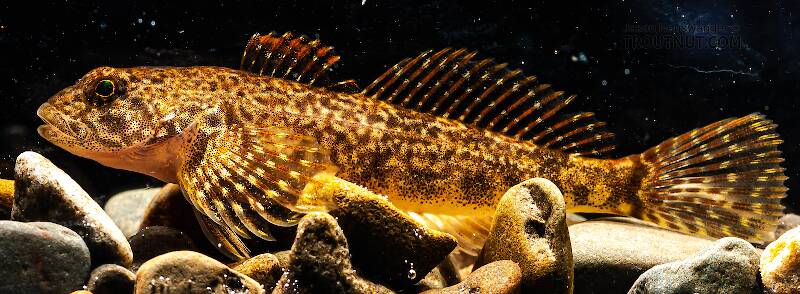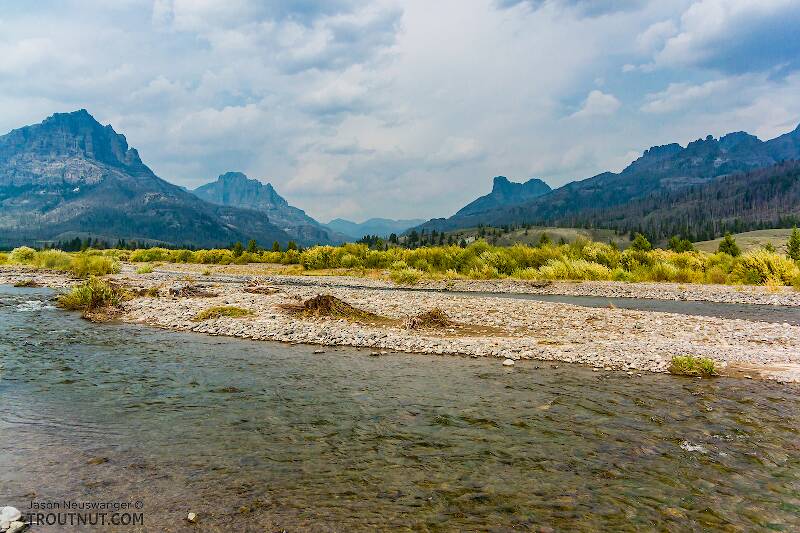
Hex Mayflies
Hexagenia limbata
The famous nocturnal Hex hatch of the Midwest (and a few other lucky locations) stirs to the surface mythically large brown trout that only touch streamers for the rest of the year.
Featured on the forum

This is the first of it's family I've seen, collected from a tiny, fishless stream in the Cascades. The three species of this genus all live in the Northwest and are predators that primarily eat stonefly nymphs Merritt R.W., Cummins, K.W., and Berg, M.B. (2019).

Troutnut is a project started in 2003 by salmonid ecologist Jason "Troutnut" Neuswanger to help anglers and
fly tyers unabashedly embrace the entomological side of the sport. Learn more about Troutnut or
support the project for an enhanced experience here.
Fishes
This common name refers to only one class. Click its scientific name to learn more.
Vertebrate Class Actinopterygii
These are pretty much always called Fishes.
Baitfish are a very important part of the diet of large trout, in both streams and rivers. Some streamer fishermen believe matching a particular species of baitfish may give an edge, just as hatch-matching helps fool insectivorous fish.
The specific properties of baitfish vary so widely that, given the relative unimportance of their differences, I have not yet put aside the time to write about them.
On this site, I the whole fishes section is deliberately incomplete. It's focused on possible prey for trout, and other taxa are left off the lists. I haven't put as much time into this fish section as I have into the insects, but I will start adding some good closeups of more baitfish species soon.
The specific properties of baitfish vary so widely that, given the relative unimportance of their differences, I have not yet put aside the time to write about them.
On this site, I the whole fishes section is deliberately incomplete. It's focused on possible prey for trout, and other taxa are left off the lists. I haven't put as much time into this fish section as I have into the insects, but I will start adding some good closeups of more baitfish species soon.

This seems to be a mottled sculpin, Cottus bairdi. Normally this species is more mottled.
See 15 more specimens...
References
- Merritt R.W., Cummins, K.W., and Berg, M.B. 2019. An Introduction to the Aquatic Insects of North America (Fifth Edition). Kendall/Hunt Publishing Company.

